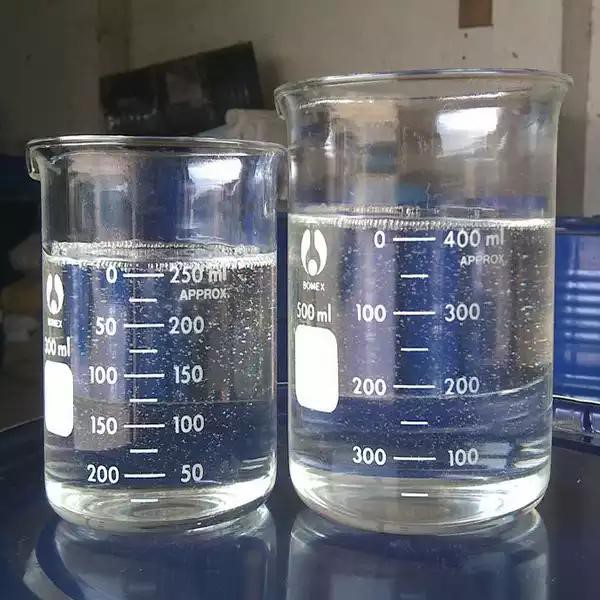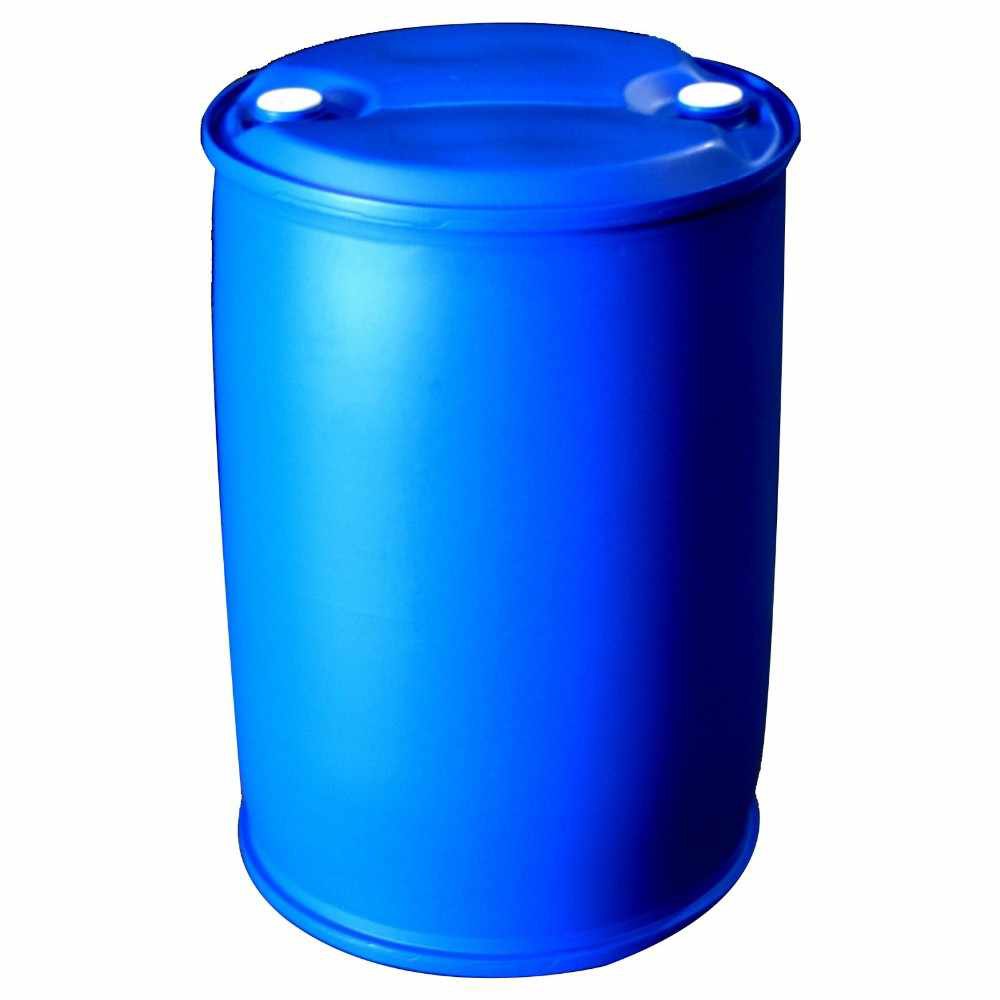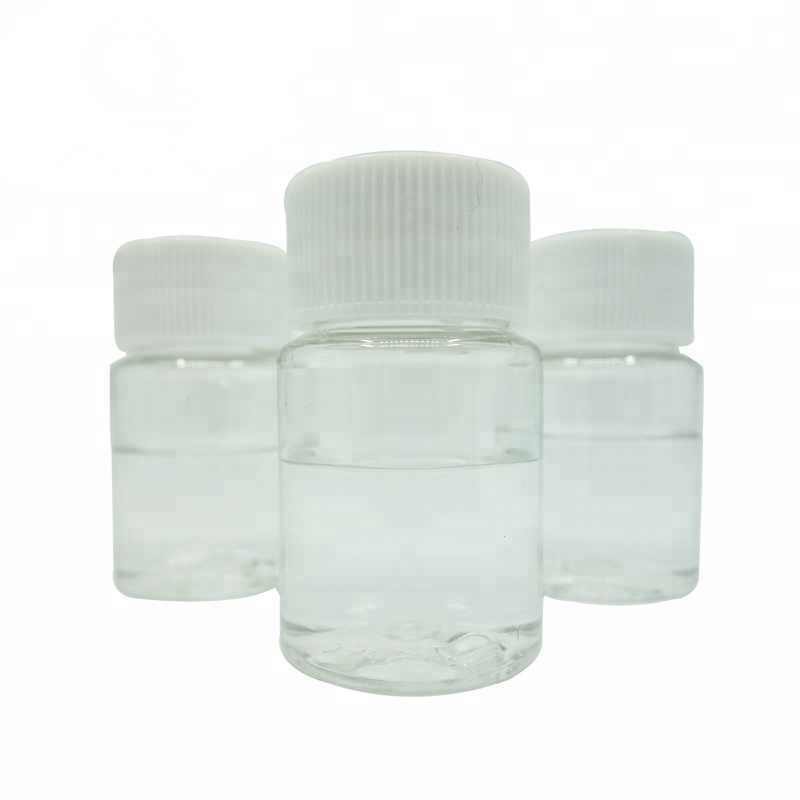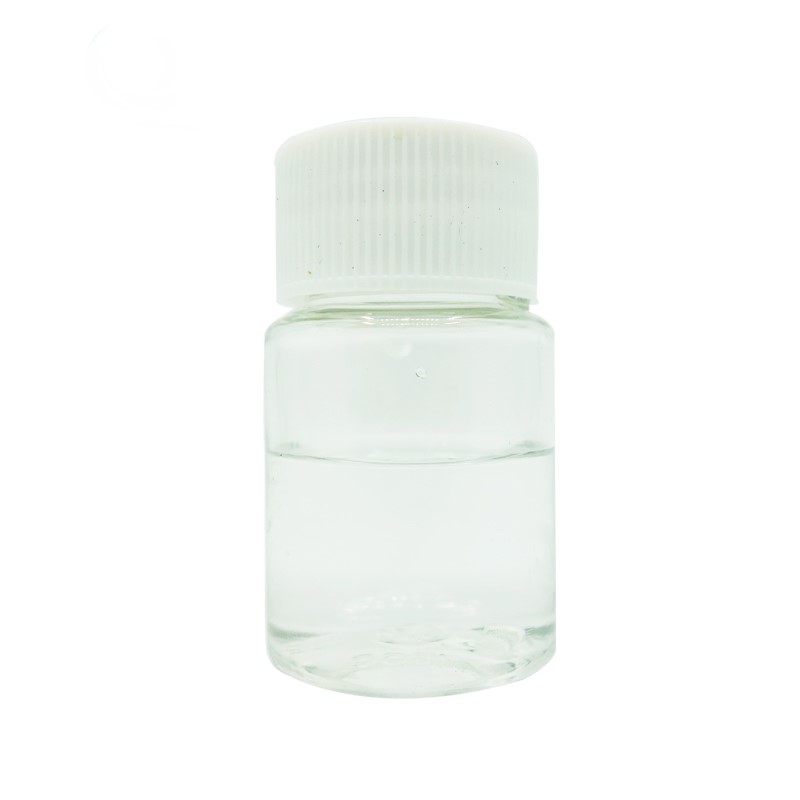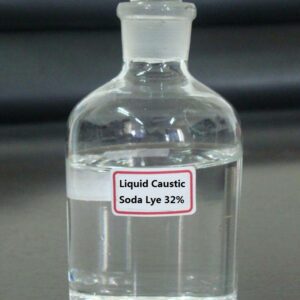Description
🔬 Specifications of Nonylphenol Polyoxyethylene (NP Series)
-
Chemical Name: Nonylphenol Ethoxylates (NP Series)
-
Common Grades: NP-4, NP-6, NP-9, NP-10, NP-15, NP-30, NP-40
-
CAS Number: 9016-45-9 (varies by EO content)
-
Appearance: Clear to light yellow liquid or waxy solid (depending on EO moles)
-
Active Content: 99% (typical)
-
pH (1% solution): 6.0–8.0
-
Solubility: Soluble in water and most organic solvents
-
HLB Value: Varies (e.g., NP-9 ≈ 13.0, NP-10 ≈ 13.5)
-
Flash Point: >200°C (closed cup, varies by grade)
-
Density: ~1.06 g/cm³
-
Packaging: 200 kg drums, IBC totes, or bulk tanks
-
Shelf Life: 12–24 months under recommended storage conditions
-
Storage: Store in cool, dry areas away from direct sunlight and heat sources
🏭 Key Applications of NP Series Surfactants
1. Detergents and Industrial Cleaners
NP ethoxylates serve as powerful non-ionic surfactants in heavy-duty degreasers, detergents, and multi-purpose cleaners. Their excellent emulsifying properties help break down oils, greases, and dirt in both alkaline and acidic environments.
2. Textile Industry
Used as wetting agents, scouring agents, and dye-leveling agents, NP surfactants aid in uniform dye dispersion and enhance textile finishing. They ensure thorough wetting and penetration of fabrics, improving dye absorption.
3. Agricultural Formulations
In pesticides and herbicides, NP surfactants act as adjuvants, improving the wetting and spreading of active ingredients on plant surfaces. They enhance bioavailability and effectiveness of agrochemicals.
4. Paints, Coatings, and Inks
NP series surfactants are used as emulsifiers and dispersing agents in water-based paints and inks, providing improved pigment stability and flow.
5. Paper and Pulp Processing
They aid in deinking, wetting, and foam control, making them essential in the paper manufacturing process.
✅ Benefits of Nonylphenol Polyoxyethylene (NP Series)
-
✔️ Excellent emulsification and wetting power
-
✔️ Non-ionic nature allows compatibility with anionic, cationic, and other non-ionic surfactants
-
✔️ Customizable HLB values for various formulations
-
✔️ High chemical and thermal stability
-
✔️ Effective in hard water and extreme pH conditions
-
✔️ Suitable for industrial and institutional applications
⚠️ Safety and Environmental Considerations
While NP ethoxylates are highly effective, environmental concerns have led to regulatory scrutiny in some regions:
-
Environmental impact: Degradation products of nonylphenol ethoxylates, such as nonylphenol, are persistent and can be toxic to aquatic life.
-
Handling precautions:
-
Use gloves, goggles, and appropriate ventilation when handling large quantities.
-
Avoid direct contact with skin and eyes.
-
Prevent product from entering waterways.
-
-
Alternatives: In environmentally sensitive applications, alcohol ethoxylates or sugar-based surfactants are sometimes used as substitutes.
📌 Conclusion
Nonylphenol Polyoxyethylene (NP Series) is a group of powerful, adaptable non-ionic surfactants that have proven indispensable across industrial, agricultural, and commercial sectors. With excellent wetting, emulsifying, and detergent properties, they improve the performance of a wide range of products—from textile chemicals and agrochemical sprays to cleaning solutions and inks.
While highly effective, the NP series should be used with environmental awareness, especially in applications with potential waterway exposure. Nonetheless, for industrial use, it remains one of the most reliable surfactant solutions available.

